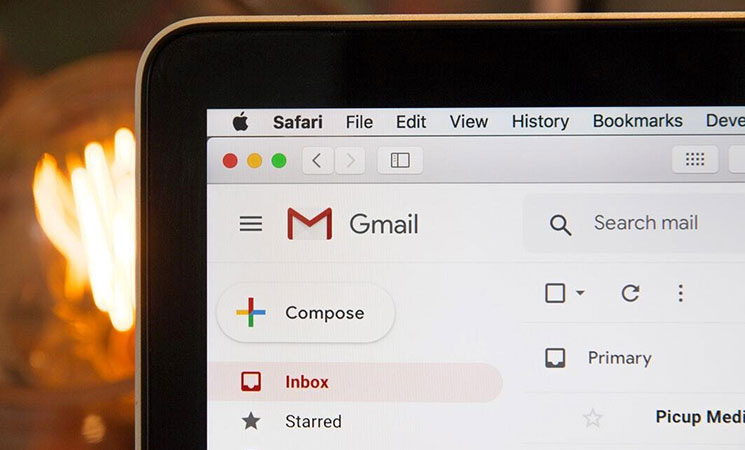In today’s digital age, ensuring safety and compliance is essential. Companies often rely on background checks to make informed hiring decisions. Yet, sending a background check email is not as straightforward as it seems.
What legalities should you consider before hitting send? It is crucial to understand how to craft a reference email that complies with regulations. Failure to follow proper procedures could lead to costly mistakes or legal repercussions.
This blog will guide you through the key elements of composing a background check email. It will also ensure that your email aligns with legal standards. Let’s dive in.
Legal Considerations for Background Check Emails
When conducting background checks, employers must follow the rules and regulations set by federal and state laws. These laws protect the individual being screened and the company requesting the information. Thus, it is crucial to understand the legalities surrounding background check emails.
Get Consent Before Sending an Email
Before you send an email for a background check, get the person’s consent. This means you must ask their permission to collect and share their information.
In many places, the law requires you to inform the individual about what information you plan to gather. You must explain how that information will be used.
This can help build trust and ensure that the process is fair. Make sure to provide a clear explanation of why the background check is needed and what it will involve. If the person agrees, they can consent by signing a form or replying to your email.
Protect Personal Information
When sending a background check email, it is crucial to protect personal information. This includes any sensitive details about the individual being screened, such as:
- social security number
- address
- employment history
To ensure confidentiality, use secure email systems and only share information with authorized personnel. When crafting a reference letter email request, be clear about what information you need and how it will be used. Avoid including unnecessary personal details in the email, and only request what is essential for the background check.
After completing the process, securely dispose of any documents containing personal information to prevent unauthorized access. Protecting personal information promotes trust and complies with legal standards.
Consider Equal Employment Opportunity (EEO) Laws
It’s vital to consider EEO laws when sending background check emails. During the hiring process, EEO laws promote fairness and prohibit discrimination based on the following:
- race
- color
- religion
- sex
- national origin
When you ask for a reference letter, ensure that the information requested does not lead to any bias or unfair treatment of the candidate. The reference letters should focus only on the candidate’s skills and relevant experiences.
Understand State-Specific Regulations
Each state in the U.S. has its laws about background checks, making it vital to be aware of these specific regulations. These laws can influence how you conduct background checks and what information you can use.
For example, some states may need extra steps for obtaining consent. Others may restrict the type of criminal history considered during the hiring process. Familiarize yourself with local regulations to ensure compliance and avoid potential legal issues.
Ignoring state laws can lead to costly fines or lawsuits, so it’s wise to consult with legal experts or use resources dedicated to employment law in your state. By understanding these regulations, you protect your business. It ensures fair treatment of all job candidates.
Best Practices for Crafting Background Check Emails
Let’s discuss best practices for composing a background check email. These include:
Be Clear and Concise
When composing a background check email, clarity and brevity are essential. Use simple language to ensure that the recipient understands your request without confusion.
Start by stating the purpose of the email. Explain you need information for a background check. Use direct sentences and avoid jargon that may not be familiar to the individual.
Specify what information you are requesting, such as verification of employment or references. Mention why this information is important for the hiring process. Keeping your message concise helps respect the recipient’s time and encourages a quicker response.
Provide Contact Information
Including your contact information in a background check email is vital for clear communication. When you ask someone for information, they should know how to reach you if they have questions or need more details. At the end of your email, add your:
- full name
- job title
- company name
- phone number
This way, the recipient understands who you are and how to connect with you. It’s helpful to include your email address in case they prefer to reply through email.
Providing your contact details shows professionalism and encourages the recipient to respond. Clear communication helps build trust and ensures a smooth background check process.
Use a Standardized Email Template
Creating a standardized email template for background check requests can streamline the process and ensure consistency. Using a template helps you maintain professionalism. It ensures all necessary information is included every time you reach out.
Start with a clear subject line indicating the purpose of the email, such as “Background Check Request for [Candidate’s Name].” In the body, introduce yourself and your company, briefly explain why the background check is necessary, and outline the specific information you need.
The consistent template can help establish trust with recipients and make it easier for them to respond. This is important if you are seeking sensitive information, as it ensures that individuals understand the process and feel comfortable with the request.
To protect yourself from issues like how to stop subscription bombing, remember to inform the recipient about how their information will be secured and used in compliance with the law. A clear, standardized email demonstrates respect for the recipient’s time and privacy. It facilitates a smooth background check process.
Learn the Legalities of Sending a Background Check Email
Sending a background check email requires careful consideration. Always obtain consent before starting the process. Protect personal information to maintain confidentiality and trust.
Understand the legal rules that apply in your state. Use best practices to ensure clarity and professionalism. A well-crafted background check email helps you gather essential information.
Following these guidelines promotes a fair and compliant hiring process. With the right approach, you can improve your recruitment efforts effectively.













